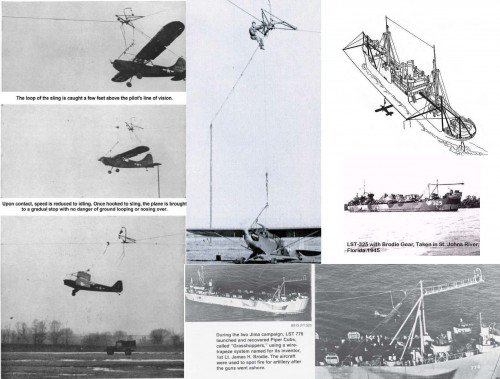(OK, so I am late with the my usual History Friday segment. Stuff to work on in the real world, you know.)
The annexation of Texas to the United States the culmination of nearly a decade of mostly-back-stairs campaigning by Sam Houston kicked off a war with Mexico, which had never really gotten over the loss of Coahuila-Tejas. Nearly half the Mexican states had rebelled violently when General Antonio Lopez de Santa Anna had abrogated the Mexican constitution of 1824 and established himself as dictator. Santa Anna put down the resulting rebellion with particular brutality, but thanks to the luck and skill of Sam Houston, and Santa Anna’s own miscalculations, Texas slipped from his grasp, maintaining a precarious state as an independent republic. Mexico threatened war, if annexation was accomplished and when it was, practically everyone directly involved was spoiling for a fight. (Although many Americans were anti-war in this particular case, including many northern Whigs like soon-to-be statesman Abraham Lincoln, and abolitionists, all of whom detested the addition of a slave-state to the union.)
Among those most keen to have it done and get it over with were the volunteer Texas Rangers. Jack Hays had recruited a Texas force to serve along with Zachary Taylor’s command as spies and scouts. Two veterans of Jack Hays’ legendary Big Fight were along with him Samuel Walker and Robert Addison ‘Ad’ Gillespie when Taylor’s army took Matamoros and Camargo, and converged in several columns on Monterray. That city-stronghold was protected by fortified heights; Independence Hill, Fort Soldado, the Bishop’s Palace and there the U.S. Army fought a savage battle at the gates of the city and in the surrounding heights, until the Mexican commanders offered an 8-week long truce. They would surrender the city, if they would allow the American army to allow them to evacuate their surviving troops. At the start of the siege, the Rangers were reported to have amused themselves by riding out to the walls, making flamboyant demonstrations of their horsemanship, provoking the Mexican gunners into firing, and then skillfully dodging the resulting cannon-balls aimed at them. By the time the truce was over, many of the Rangers’s limited enlistments were up, and they returned home to Texas. (So did Ad Gillespie fatally wounded in the assault on the Bishop’s Palace fortifications. His body was returned for burial in a cemetery in San Antonio; Gillespie County, in the Texas Hill Country, is named for him.)

